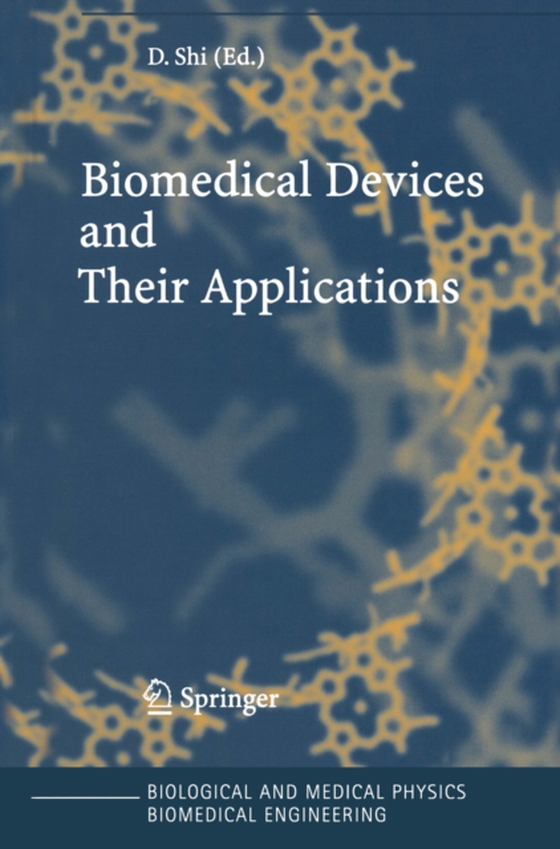
Biomedical Devices and Their Applications e-bog
1240,73 DKK
(inkl. moms 1550,91 DKK)
Biomedical devices that contact with blood or tissue represent a wide range of products. Depending on their potential harm to a body, medical devices are categorized according to the degree, so their safety can be assured. All biomaterials are by definition designed to contact with a body for a certain period of time. The nature of the body contact, as well as the duration a material contacts w...
E-bog
1240,73 DKK
Forlag
Springer
Udgivet
11 november 2013
Genrer
Endocrinology
Sprog
English
Format
pdf
Beskyttelse
LCP
ISBN
9783662061084
Biomedical devices that contact with blood or tissue represent a wide range of products. Depending on their potential harm to a body, medical devices are categorized according to the degree, so their safety can be assured. All biomaterials are by definition designed to contact with a body for a certain period of time. The nature of the body contact, as well as the duration a material contacts with the body may initiate unwanted biological In comparison with invasive devices Oike catheters and medical responses. implants contact directly with tissue or with the circulating blood) non- invasive devices (like wound-dressings and contact lenses contact with the skin, the sclera, and the mucosa or with open wounds) have a lesser risk of hurting a patient. When blood contacts with a foreign material, plasma proteins become absorpted to the surface within a few seconds. The reactions that follow, the so-called intrinsic pathway lead to the formation of fibrin and activation of platelets and white blood cells, result in blood clot formation.
 Dansk
Dansk

